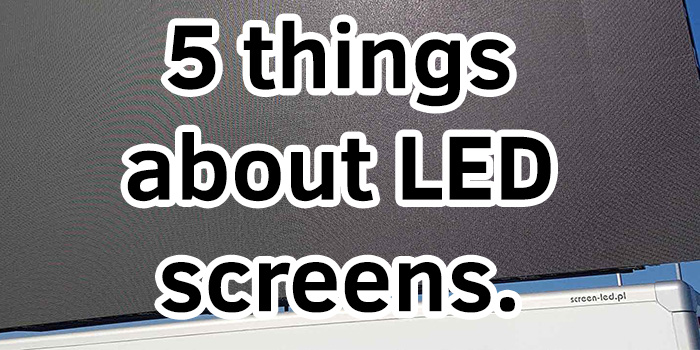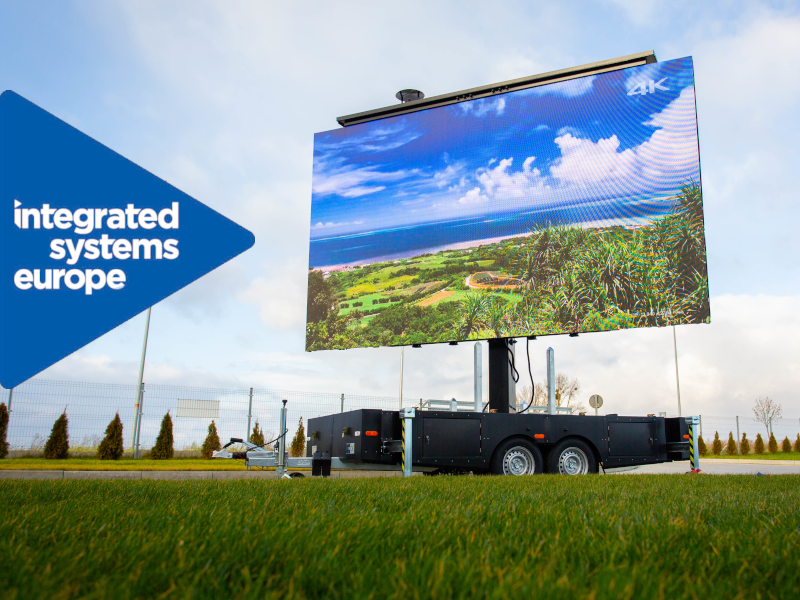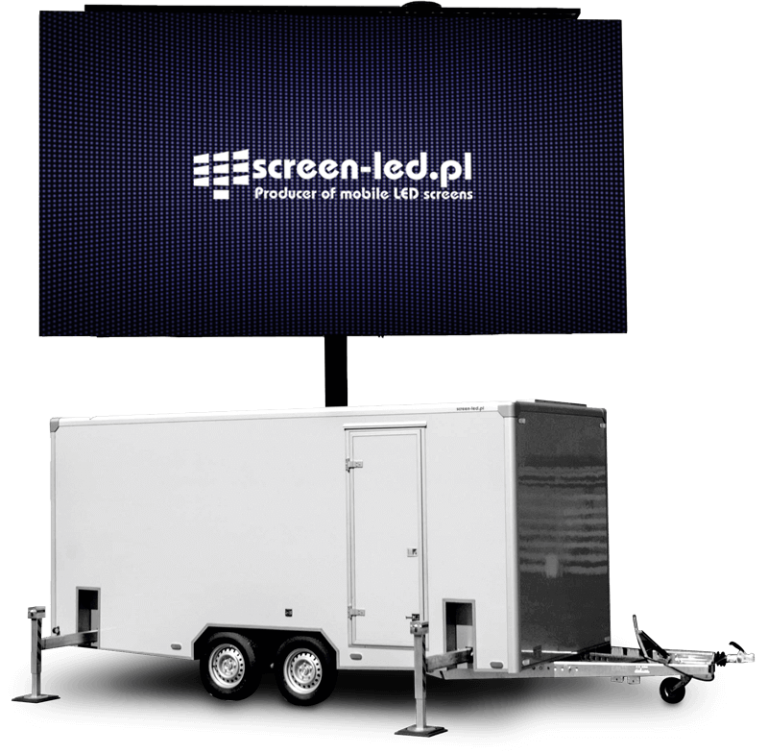Main area of activity in our company is inseparably linked with mobile LED screens. That’s what we’ve been doing for so many years. These are the solutions that has helped many of our customers make their rental offer more appealing. It is also a reason why our products came into existence.
The introduction of LED screens.
LED stands for light-emitting diodes. American engineer Nick Holonyak came up with this idea in 1962. Initial intentions weren’t even remotely as sophisticated as a current solutions. Early models consisted mainly of red diodes thus were unable to display colorful images. It was not until the 1980s when the first fully functional LED arrived hence paved the way for the video walls.
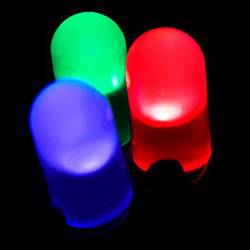
How to display colourful images?
The key to answer that question lies in additive colour model – RGB. Wide variety of hues is possible to display using only three primary colours. Additive model means that the light from the diodes is added together. As a result it is possible to reproduce broad array of colours. One pixel consists of three diodes.
LED displays – efficient and power saving
In essence, LED displays are an arrays of pixels that combined together are able to display images. These efficient solutions are commonly being used in regular TV’s and video walls alike.
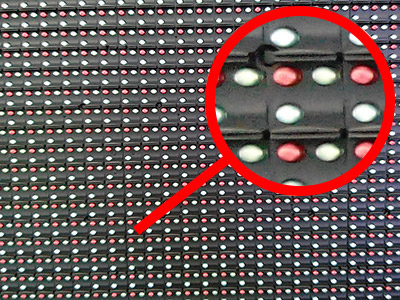
What you should know about LED video walls.
Here are some concepts you should be familiar with when looking for your first video wall, both modular and mobile. There are 5 things about LED screens that you should know.
1. Determining image clarity with pixel pitch.
Pixel pitch is a very important feature of your LED panel. It informs about the distance measured between the center of one pixel to the center of an adjacent pixel. This factor along with screen size tells you about resolution and pixel density. These values are important while planning for what kind of job you need your screen. It also tells you about the viewing distance. The higher the pixel pitch the higher the distance from the screen to get sharp image.
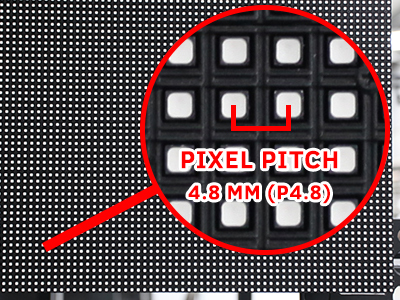
2. Light up your event.
Without light none of it would be possible. You certainly need to consider your new screen in terms of brightness. It is important because you may face various lighting conditions while using your video wall. Screen brightness is measured in nits. The higher the value the brighter the screen. If your unit is too bright and you use it in dark areas it certainly won’t be comfortable to look at. In contrast, using dim display in broad daylight might not be the best idea either.
![]()
3. IP rating – what happens when it rains?
IP rating determines how well LED screen is sealed against all kinds of harmful external conditions that might occur while using your device. Every piece of LED equipment installed on our trailers is water and dust resistant. Since these are outdoor displays, there is no risk of damaging delicate electronic devices.
![]()
Level of protection is determined by the digits in the IP Code. You can learn more about each number in this article on Wikipedia.
4. Difference between DIP and SMD
Both technologies do the same job but the design principles are different. In the case of DIP, we talk about three separate diodes, each displaying a different colour. SMD consists of three colours mounted on a die to form one seamless diode. Since DIP is easier to manufacture it also is more cost effective. In contrast, SMD due to its compact form allows packing more pixels onto the screen thus achieve higher resolution.
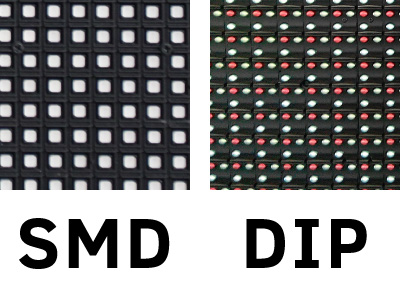
5. Refresh rate – how fast is your screen.
It is a value that informs how many times per second your screen displays data. It sometimes maybe confused with frame rate but these are different values. If video frame rate is 24 fps and refresh rate is 48 Hz that means that every frame will be displayed twice.
Typically in case of LED screens minimum refresh rate is 400 Hz. To capture beautiful, flicker-free photographs of your screen, refresh rate needs to be at least 1000Hz. Modern constructions can go as high as 9000 Hz but it sometimes may result in reduced brightness.
![]()
Check mobile LED screens.
In this article we are describing only a few basic concepts. There are many more things to consider while looking for LED display. If you are in search for your first LED video wall, check out our products to find out why mobile LED screen might be a better option for your business. Feel free to ask any questions.


